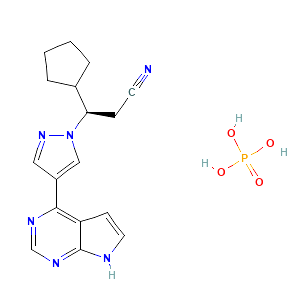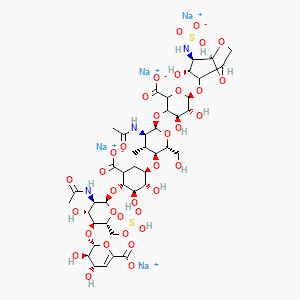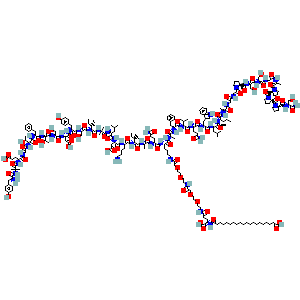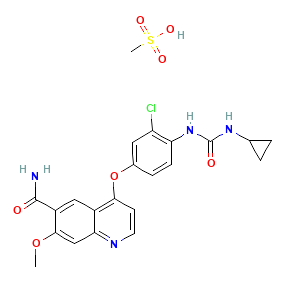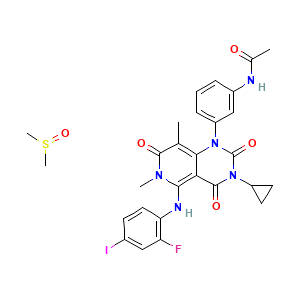Mechanism Of Action:
Ruxolitinib belongs to the drug class called janus kinase inhibitors (JAK inhibitors). It acts as an inhibitor of the JAK1 and JAK2 protein kinases and functions by competitively inhibiting the ATP-binding catalytic site on both JAK1 and JAK2. This mechanism of action allows ruxolitinib to effectively hinder the activity of these protein kinase
Indication (Oral):
Polycythemia Vera
Ruxolitinib is indicated for the treatment of polycythemia vera in adults who have a history of inadequate response to or intolerance to hydroxyurea. The FDA has designated it as an orphan drug for this specific therapeutic application.
Acute Graft-Versus-Host Disease
Ruxolitinib is prescribed for the treatment of acute graft-versus-host disease (GVHD) in adults and pediatric patients aged 12 years and above, specifically for cases that do not respond to corticosteroid treatment. This particular use of ruxolitinib has been granted orphan drug designation by the FDA
Chronic Graft-Versus-Host Disease
Some experts suggest that ruxolitinib can be considered as a second-line therapy option for patients with chronic GVHD who are already receiving corticosteroids. This recommendation applies to both adults and pediatric patients aged 12 years and older who have previously failed 1 or 2 systemic therapy regimens. It is important to note that the FDA has designated ruxolitinib as an orphan drug for the treatment of chronic GVHD, recognizing its potential benefits in this specific condition.
Indication (Topical):
Atopic dermatitis, mild to moderate (Eczema)
Ruxolitinib cream is indicated for the topical treatment of atopic dermatitis in patients with mild to moderate disease severity. The cream is designed to target key inflammatory pathways involved in the condition, thereby reducing inflammation, itch, and associated discomfort. This formulation offers an alternative to conventional topical corticosteroids and is particularly beneficial for patients who require a non-steroidal treatment option.
Nonsegmental vitiligo
Ruxolitinib cream is also indicated for the topical treatment of nonsegmental vitiligo. By modulating the immune-mediated inflammatory pathways that contribute to melanocyte loss, the cream aids in promoting repigmentation in affected areas. This targeted approach provides a novel therapeutic option for patients with vitiligo, especially those who may have not responded adequately to other treatment modalities.

